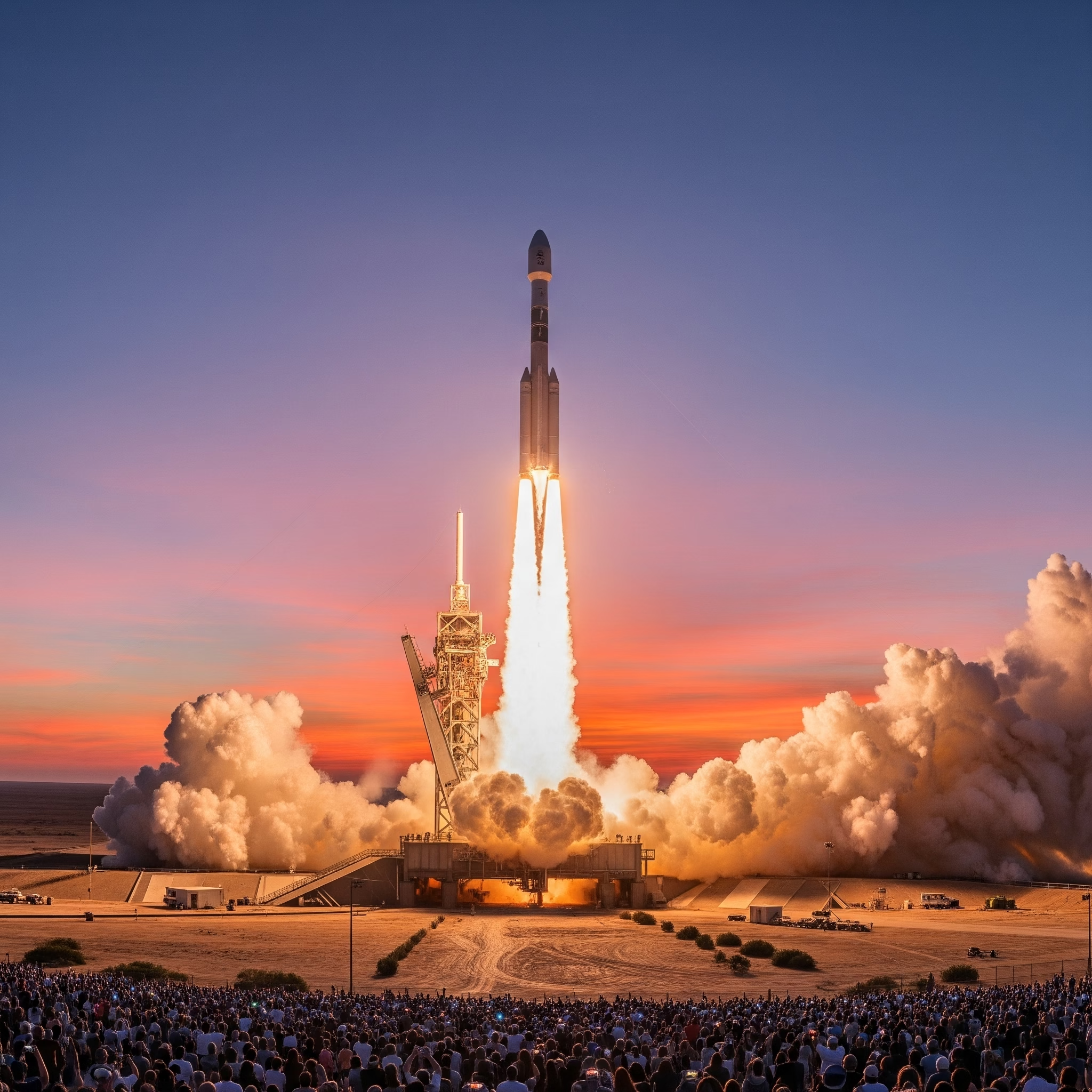On June 16, 2025, SpaceX successfully launched 26 additional Starlink satellites from its Space Launch Complex 4 East at Vandenberg Space Force Base in California. This mission, part of the Group 15-9 deployment, marks another major milestone in SpaceX’s rapid expansion of global broadband internet via its Starlink constellation.
Falcon 9 Rockets into Orbit, Reusable Tech on Display
The Falcon 9 booster, making its third flight, lifted off at 11:36 p.m. EDT. In just over eight minutes, the 26 Starlink satellites were inserted into low Earth orbit, with final deployment occurring after a second-stage burn nearly an hour later. A key highlight was the booster’s successful landing on a droneship in the Pacific Ocean—a testament to SpaceX’s industry-leading reusable rocket capabilities.
SpaceX Starlink Now Exceeds 7,760 Satellites
Following this launch, the SpaceX Starlink constellation now counts over 7,760 operational satellites in orbit, enhancing coverage and capacity for global broadband users, especially in remote and underserved regions. This massive network underscores SpaceX’s commitment to building a reliable and accessible internet infrastructure.
Strategic Significance & Industry Impact
This mission supports SpaceX’s broader vision of achieving ubiquitous internet access worldwide. As satellite counts grow, so does bandwidth, redundancy, and service resilience—critical for communities lacking conventional internet access. Furthermore, the reusable Falcon 9 landing underlines SpaceX’s strategy to reduce launch costs and accelerate deployment schedules.
Tides of Competition & Next Steps
While Starlink continues to dominate satellite internet deployment, competitor initiatives such as Amazon’s Kuiper and OneWeb are intensifying the race for global coverage. Yet, SpaceX’s unmatched launch cadence and mature infrastructure keep it ahead. With 26 more satellites in orbit, next steps include expanding regional services and deploying satellites offering direct-to-cellphone connectivity.
Conclusion – SpaceX
In summary, June 16’s launch reinforced SpaceX’s position as a leader in both reusable rocketry and satellite broadband. With the Starlink constellation now exceeding 7,760 satellites and the Falcon 9 reusable booster system flashing yet again for the cameras, SpaceX inches closer to realizing global, equitable internet access. As launch cadence grows and innovations like direct-to-cell Starlink roll out, all eyes remain on the next Falcon 9 and, eventually, the Starship spaceship deployments.
Source: Times of India

